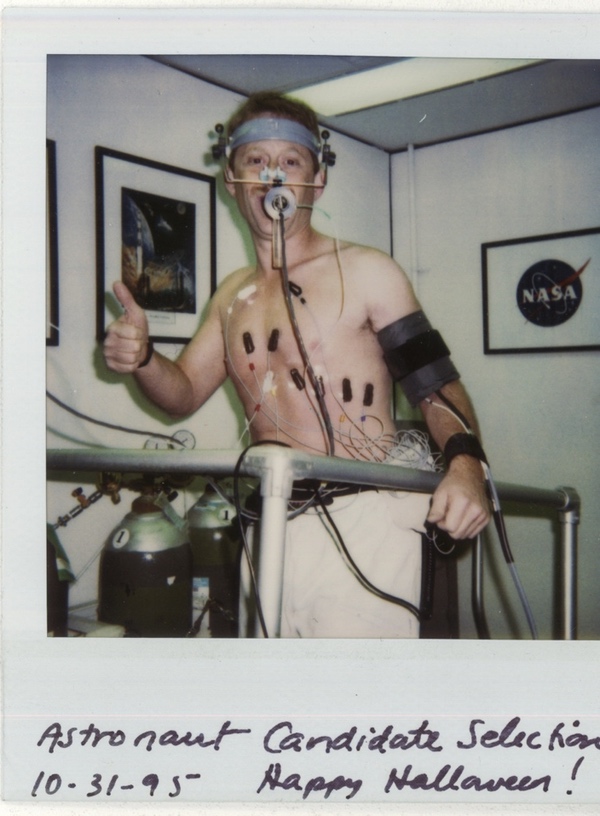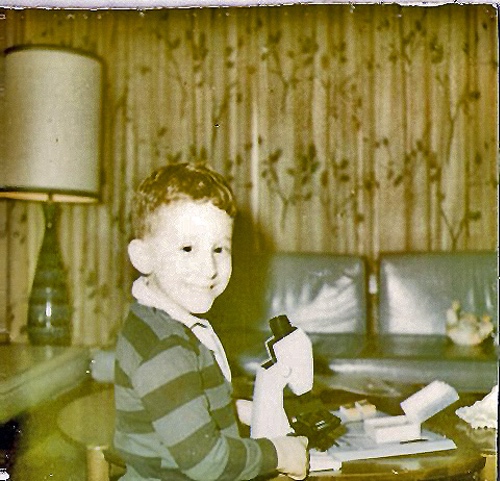
My suborbital life, part 1: Childhood’s end, perseverance paysby Alan Stern
|
| More than 55 years after my boyhood dream first materialized, I will actually fly in space next month. |
To be honest, I have wanted to fly aboard space missions since I was a kid growing up in awe of the Apollo program. As a young engineer, and then as a young scientist, I did everything I could think of to make myself a top candidate to be a NASA astronaut. I learned scuba diving, I did a stint at the South Pole, I took degrees in five separate technical fields (including three graduate degrees) and made exceptional grades. I also learned to skydive and to fly, became a commercial pilot and a flight instructor, and even earned a sailplane rating. I was principal investigator on experiments on shuttle missions, flew dozens of high-altitude astronomy missions on high-performance NASA F-18s and WB-57 aircraft, and personally did the real-time telescope steering of seven suborbital science rocket missions, all without a single mistake. I even became and worked as a state certified Emergency Medical Technician (EMT).
Eventually, after six applications to be a NASA Space Shuttle mission specialist, I was invited to Houston for interviews, but I fell short and was not selected. It was heartbreaking. I was later approved by NASA Johnson Space Center’s astronaut office to fly as a shuttle payload specialist on a time-critical flight to study comet Hale-Bopp, but was later bumped from the flight for a Canadian Space Agency mission specialist, owing to international politics trumping time-critical science.
 Undergoing NASA astronaut physicals, Halloween, 1995. (credit: NASA) |
Now, more than 55 years after my boyhood dream first materialized, I will actually fly in space next month. And best of all from my perspective, I will go there to work, rather than just settle for a tourist seat.
It’s hard for me to process how long I have held this dream and how much effort, most of it unsuccessful (or at best preparatory), that I’ve invested to realize it. And now it’s truly surreal to write that I am flying on the very next human spaceflight mission.
Thinking back to my boyhood in the 1960s and 1970s, I imagined that my generation would fly to space routinely, that many of us would be the second-generation explorers of the Moon, and that a few of us would even be the first-generation explorers of Mars. For my generation, that future was never realized.
 My boyhood self with my first scientific instrument. (credit: Stern family) |
But the future we actually live in, thanks to the rise of commercial spaceflight, is reaching a turning point that I expect will be viewed in later centuries as the pivotal inflection point in human history when we homo sapiens really did become spacefaring on a grand scale, leading soon to our species being explorers of our entire solar system.
It’s now just days until my scheduled spaceflight.
Every night, as I watch the Moon progress through its phases, I visualize it as a countdown clock leading to the waning gibbous phase it will reach on our flight day early next month.
Strangely, at an age that my grandparents were riddled with disease and in decline, I am going to space as a rookie researcher, accelerating at up to 3.5 Gs up that hill to apogee more than 50 miles above the Earth, and at speeds up to Mach 3 to conduct space training and experiment activities.
Perseverance pays. And I just can’t wait.
Note: we are using a new commenting system, which may require you to create a new account.